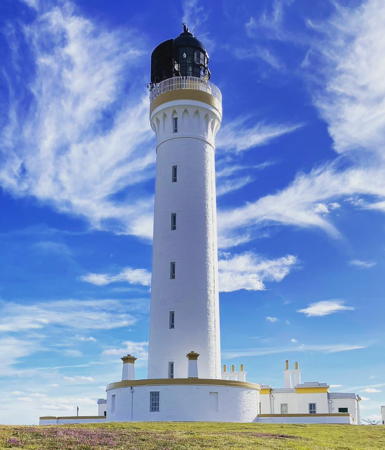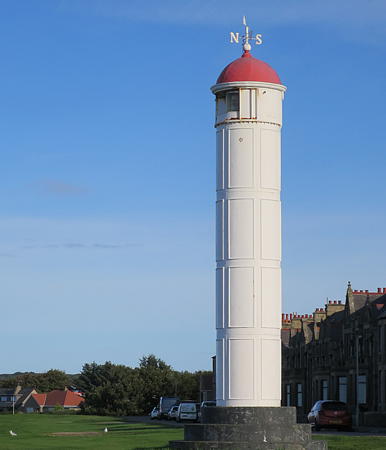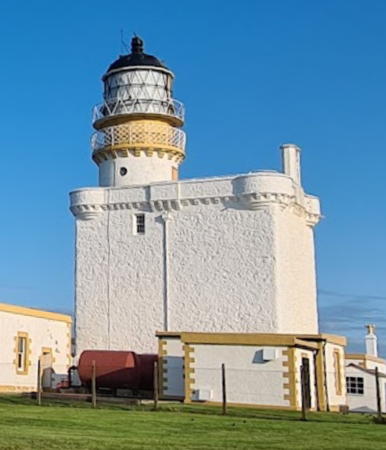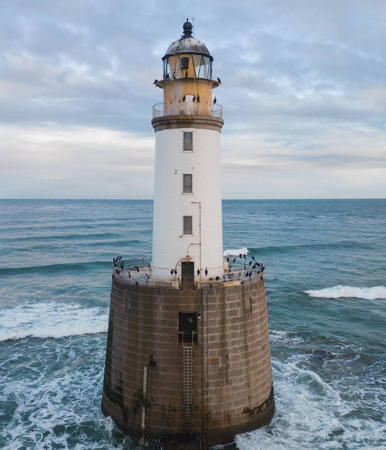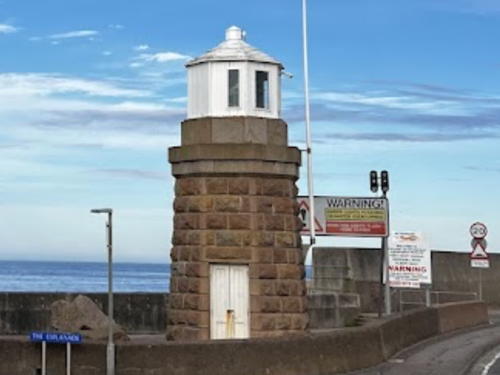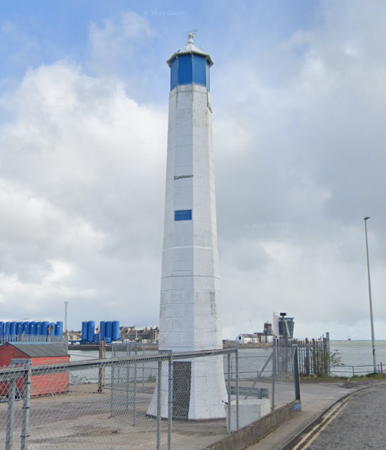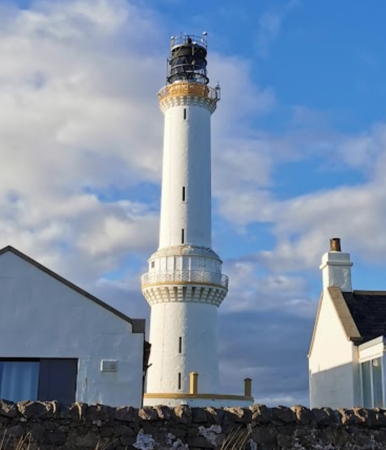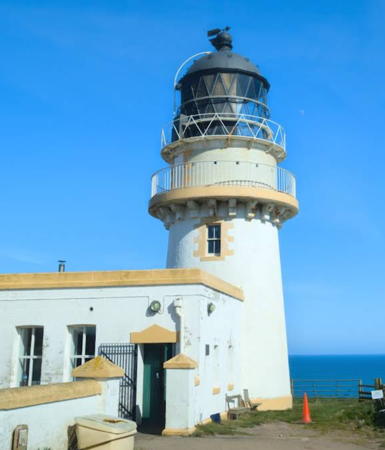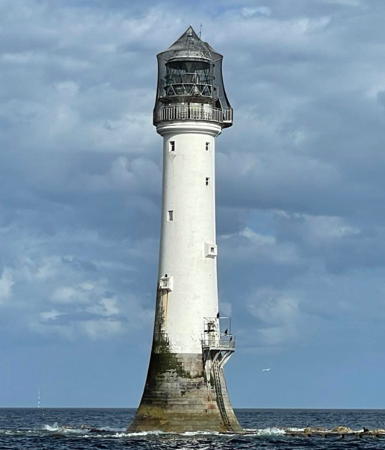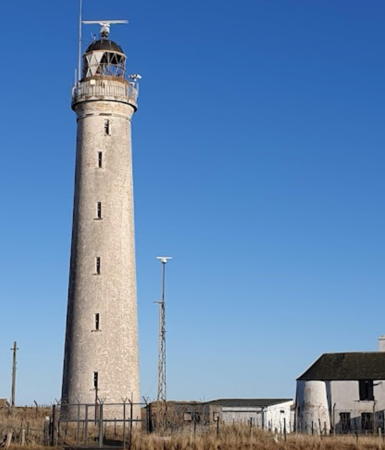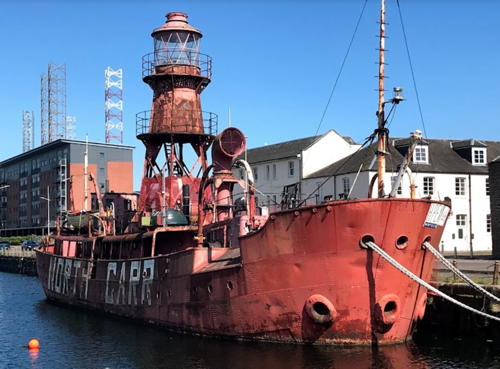The United Kingdom (officially the United Kingdom of Great Britain and Northern Ireland) includes England, Scotland, Wales, and Northern Ireland. Occupying the northern third of the island of Great Britain, the kingdom of Scotland has shared its monarch with England since 1603 and has been part of the United Kingdom since 1707. The coastline of the country is deeply cut by inlets, and there are more than 790 islands. The country has a long and distingushed maritime history; many of the most famous British captains and navigators have been Scots.
Scotland was divided historically into 34 counties; the counties no longer have any administrative function although they continue to have cultural significance. Since 1996 the country has been divided into 32 council areas for the purposes of local government. This page is for lighthouses of the North Sea coast of Scotland in the council areas of Moray, Aberdeenshire, and Angus and the important port cities of Aberdeen and Dundee. Lighthouses of the southeast, including the Firth of Forth and its approaches, are listed on the Southeastern Scotland page. The region covered by this page includes the great northeastern bulge of the coastline reaching to Rattray Head and Kinnaird Head.
The Scottish word loch is used both for lakes and for inlets of the sea; a firth is a larger bay or strait and a mull is a rounded headland. The Scottish Gaelic phrase for a lighthouse is taigh solais; eilean is an island, sgeir is a skerry or rock, and rubha or àird is a cape or promontory.
The Northern Lighthouse Board ![]() , established by an act of
Parliament in 1786, manages the major lighthouses of
Scotland and the Isle of Man. For five generations
engineers of the Stevenson family created for the Board a
network of elegant and durable lighthouses famous around the
world. Most of these lighthouses remain in service
today.
, established by an act of
Parliament in 1786, manages the major lighthouses of
Scotland and the Isle of Man. For five generations
engineers of the Stevenson family created for the Board a
network of elegant and durable lighthouses famous around the
world. Most of these lighthouses remain in service
today.
ARLHS numbers are from the ARLHS World List of Lights. Admiralty numbers are from Volume A of the Admiralty List of Lights & Fog Signals. U.S. NGA numbers are from Publication 114.
- General Sources
- Northern Lighthouse Board - Lighthouse Library
- The Board's web site includes information and photos for many of the lighthouses.
- Michael's List of Scottish Lighthouses
- A comprehensive web site by Michael Spencer.
- Lighthouse Archives
- Lighthouse information from LighthouseAccommondations.uk.
- Online List of Lights - Scotland - East Coast
- Photos by various photographers posted by Alexander Trabas.
- United Kingdom Lighthouses
- Aerial photos posted by Marinas.com.
- Lighthouses in Scotland
- Photos available from Wikimedia; many of these photos were first posted on Geograph.org.uk.
- World of Lighthouses - Scotland
- Photos by various photographers available from Lightphotos.net.
- The Stevensons
- The history of Scotland's remarkable family of lighthouse engineers.
- Britische Leuchttürme auf historischen Postkarten
- Historic postcard images posted by Klaus Huelse.
- GPSNavigationCharts
- Navigation chart for Scotland.
- Google Maps
- Satellite view of eastern Scotland.

Buchan Ness Light, Boddam, April 2022
Instagram photo by
inverpics
